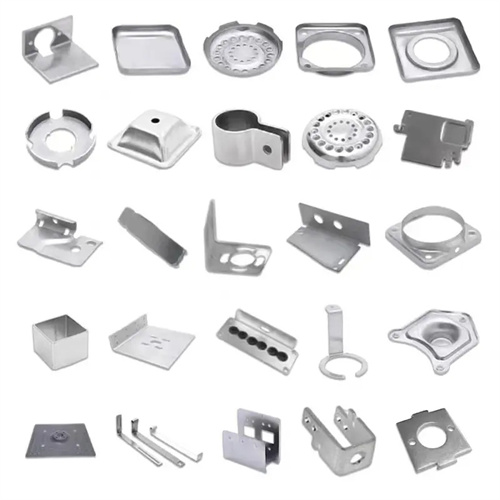Carbon steel cold-rolled strip for metal hose
Cold-rolled carbon steel strip for metal hoses is a high-precision, cold-rolled steel strip used in the manufacture of metal hoses (such as bellows and braided hoses). Its excellent plasticity, toughness, and surface quality allow it to be formed into flexible tubular structures through cold working. It is widely used in automotive, machinery, aerospace, hydraulic systems, and other fields as a flexible connector to transmit fluids or absorb vibrations. Its thickness typically ranges from 0.1-1.0mm and its width ranges from 20-300mm. Low-carbon steels such as ST12 and ST14 (carbon content ≤0.12%) are commonly used. Some high-end applications use 304 stainless steel cold-rolled strip, with a yield strength of 150-300MPa and an elongation of ≥30%, ensuring excellent formability.
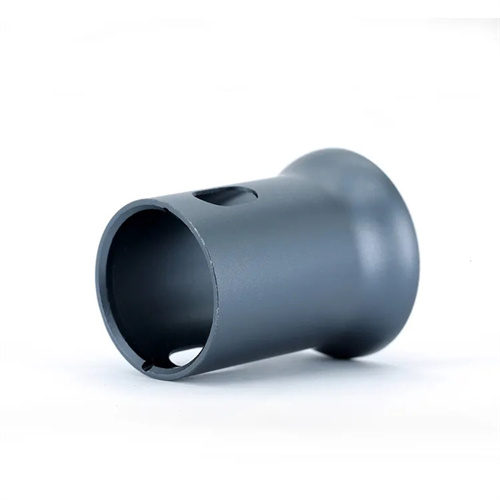
The production process for cold-rolled carbon steel strip for metal hoses requires precision processes including hot-rolled strip pickling, cold rolling, annealing, and finishing. First, a 2-4mm thick hot-rolled low-carbon steel strip undergoes continuous pickling to remove surface oxide scale. After pickling, the surface roughness Ra is ≤ 1.6μm, with no residual iron oxide scale. Cold rolling is a key step in achieving high precision. A multi-roll cold rolling mill is used for 3-5 passes, with a total reduction of 60%-80%, and a reduction of 20%-30% per pass. This ensures a thickness tolerance of ≤±0.005mm and flatness of ≤1mm/m. Annealing is performed in a continuous annealing furnace at 700-800°C in a protective atmosphere (nitrogen + hydrogen) for 30-60 seconds, reducing the strip’s hardness to HV50-80, eliminating work hardening and improving ductility. The finishing process includes leveling, trimming, and oiling. The leveling rolling force is controlled at 50-100 MPa to improve surface gloss (Ra ≤ 0.4 μm). Trimming accuracy is maintained at ±0.1 mm to ensure uniform width. Anti-rust oil (film thickness 2-5 μm) is applied to prevent rust during storage. Finally, surface quality testing and mechanical property spot checks are conducted to ensure the absence of defects such as scratches and pitting.
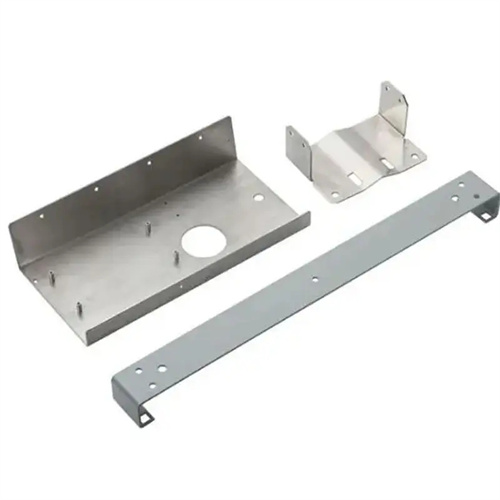
The performance advantages of cold-rolled carbon steel strip for metal hoses make it irreplaceable in the flexible connection market. First, it offers excellent cold-forming properties. ST14 steel strip boasts an elongation of ≥40%, allowing for multiple bending, stretching, and flanging operations. The minimum bend radius is 0.5 times the thickness, making it suitable for the corrugated structure of corrugated pipes. Second, high-precision dimensional control, with a thickness tolerance of ≤±0.005mm and a width tolerance of ±0.1mm, ensures dimensional consistency and assembly accuracy for metal hoses. Third, excellent surface quality. After multiple cold-rolling and annealing passes, the surface roughness Ra is ≤0.2μm, free of scale and defects, reducing resistance and wear during fluid transportation. Fourth, excellent weldability. Its low carbon content enables resistance welding and laser welding, resulting in weld strength ≥85% of the parent material strength, meeting hose sealing requirements. Fifth, it offers significant cost advantages. Compared to stainless steel strip, cold-rolled carbon steel strip costs over 50% less, making it suitable for high-volume civilian applications.
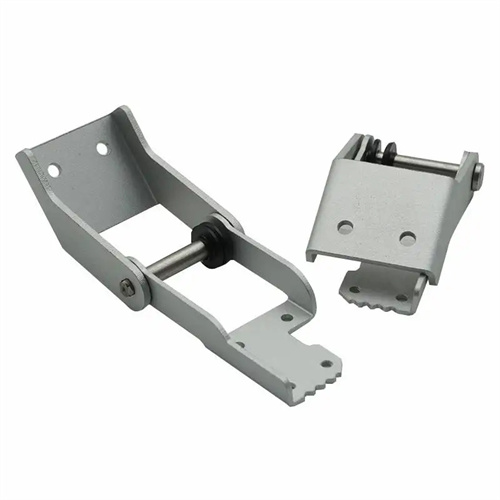
In various applications, carbon steel cold-rolled strips for metal hoses are the core material for flexible connectors. In the automotive industry, fuel and brake lines for automobile engines utilize 0.3-0.5mm thick ST12 cold-rolled steel strips, which utilize bellows molding to absorb vibration and ensure a tight seal. In mechanical manufacturing, flexible connectors for hydraulic systems utilize 0.5-0.8mm thick ST14 steel strips, capable of withstanding operating pressures of 10-30 MPa. In aerospace, aircraft hydraulic line bellows utilize 0.2-0.3mm thick high-precision cold-rolled steel strips, offering lightweight and high reliability. In plumbing, braided hoses for water heaters and faucets utilize 0.1-0.2mm thick steel strips, with an outer braided reinforcement layer and an inner bellows seal. In industrial equipment, vacuum pump connectors utilize 0.8-1.0mm thick steel strips, adapting to flexible connections in high and low temperature environments.
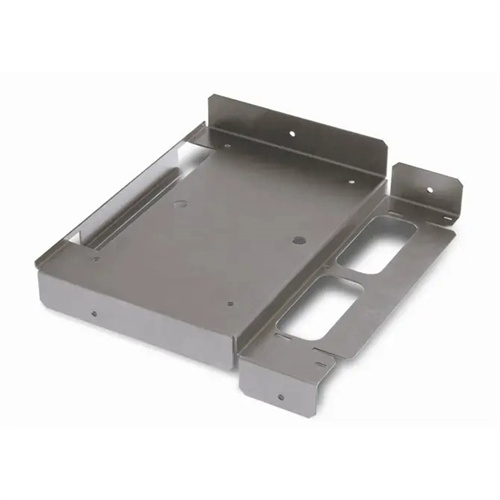
Industry trends indicate that cold-rolled carbon steel strip for metal hoses is trending toward ultra-thinness, high strength, and functionalization. Breakthroughs in the production of ultra-thin steel strip (thickness ≤ 0.05mm) are meeting the demands of micro-bellows, such as precision hoses for medical devices. The use of high-strength low-carbon steel (such as HSLA steel) has increased yield strength to over 300 MPa, improving pressure resistance by 20% at the same thickness. Upgraded surface treatment technologies (such as galvanizing and nickel plating) have boosted corrosion resistance by 3-5 times, making it suitable for humid and corrosive environments. The promotion of intelligent production technology, including online thickness inspection and surface defect recognition systems, has increased product qualification rates to over 99.5%. Furthermore, the advancement of green manufacturing processes, including the use of full-hydrogen bell annealing furnaces, has reduced energy consumption by 30% and emissions by 50%. In the future, with the trend toward lighter vehicles and smaller equipment, demand for high-precision cold-rolled steel strip for metal hoses will continue to grow, driving further progress in material research and development and process innovation within the industry.
